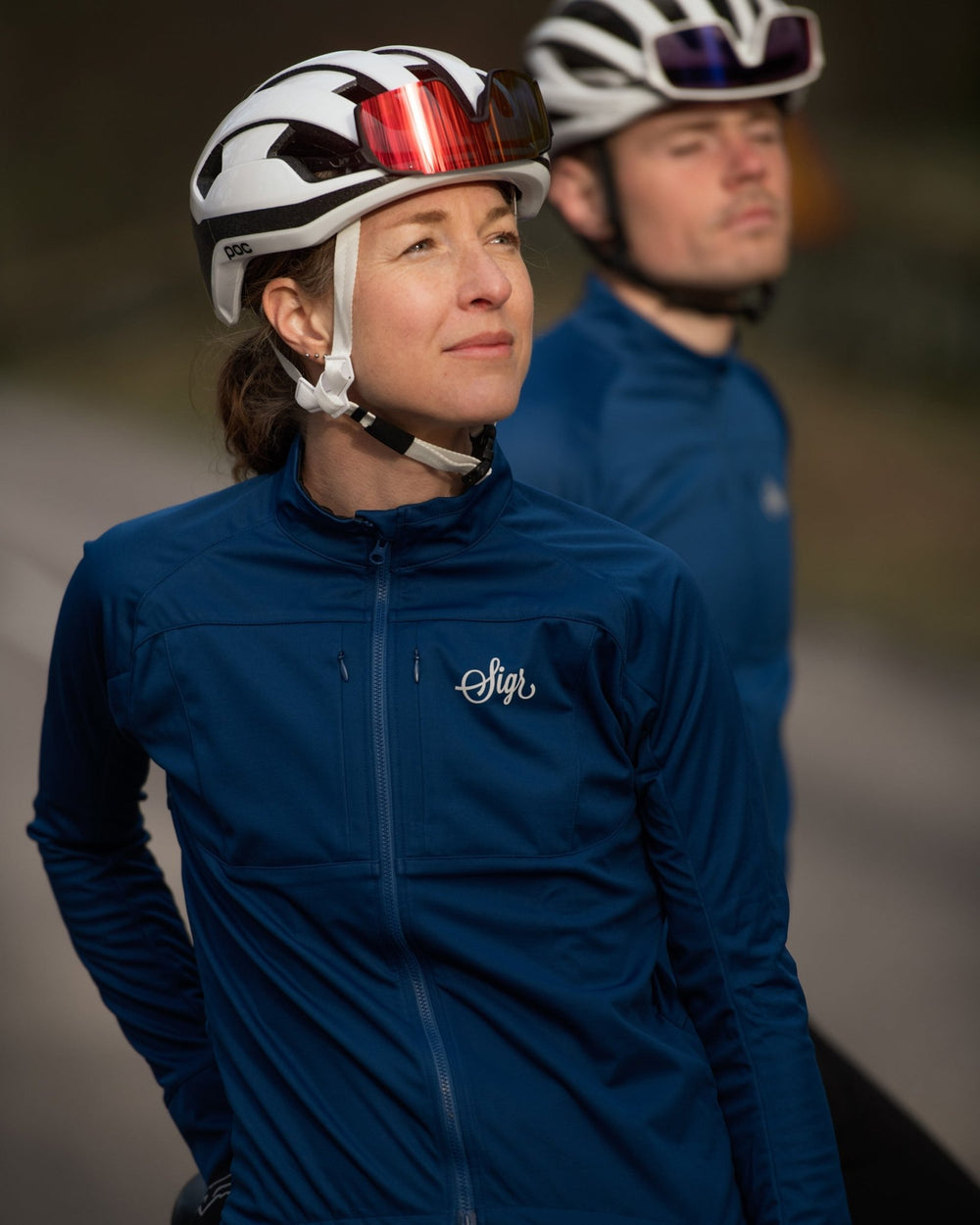Cycling in the dark? - Use Biomotion for increased visibility
What in the world is biomotion?
This phenomenon was documented for the first time by Gunnar Johansson, a Swedish perceptual psychologist. He describes biomotion or biological motion which was the original term, as the science behind the pattern of how a natural human body moves.
As a human, we quickly recognise a human body if its moving parts are highlighted in some way. You can take advantage of this phenomenon by strategically highlighting the major parts of the body to make other road users pay attention to you as quickly as possible.
You also mentioned Norrsken, what is that?
Norrsken is Sigr’s reflective collection. Clothes in our Norrsken collection have more reflective parts than the clothes in our Biomotion collection. The perfect way to be as visible as possible is to combine the two collections. For example, a combination of our new Norrsken gilet and our Gulsparv shoe covers would ensure that you are practiacally unmissable to other moving vehicles on the road, day or night.
What is the actual difference between wearing Biomotion technology clothes, regular reflective clothes, and all-black clothes?
Timothy and Helen Sumin Koo investigated the effectiveness of wearing clothes that included Biomotion technology when cycling in darkness, compared to other types of clothing. To figure this out, they carried out a study with a total of 51 participants: one cyclist and 50 car drivers. The drivers were wearing eye-tracking glasses during the session to find out how fast their eyes noticed the cyclist. Furthermore, they transferred this data into a heatmap to summarize it into an average value for each different items of clothing, which makes it possible to compare the results. The results showed that there are significant differences in visibility between the four different clothing designs, especially between the biomotion designs and non-biomotion designs. The most visible clothing was biomotion and pseudo-biomotion, followed by the non-biomotion reflective in the middle and the cyclists without retroreflective material at the bottom.
What better way to prepare for the darker evenings than to ensure that you have the right cycling clothes to stay safe and sharp, even in darkness?
Source: Timothy Stapleton, Helen Sumin Koo, (2017) "Bicyclist biomotion visibility aids: a 3D eye-tracking analysis", International Journal of Clothing Science and Technology, Vol. 29 Issue: 2.



















Leave a comment